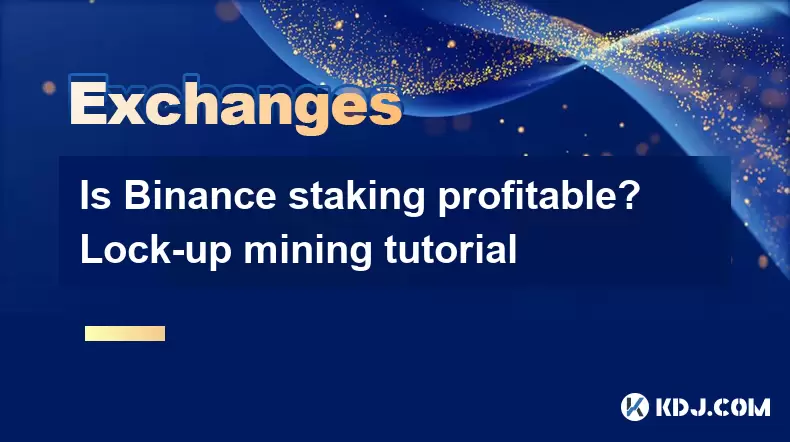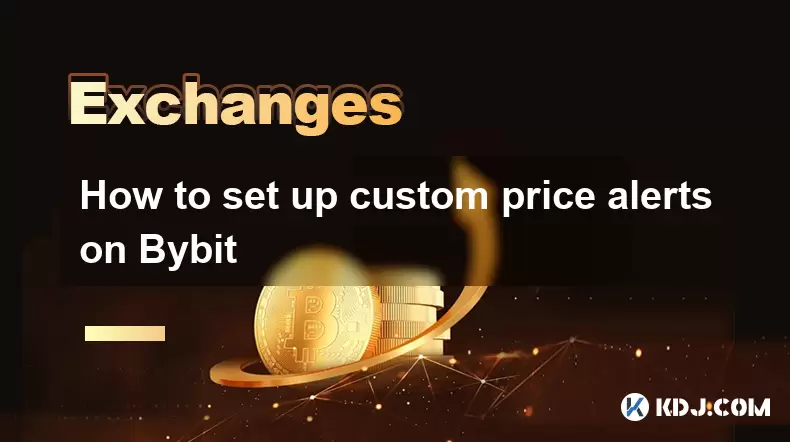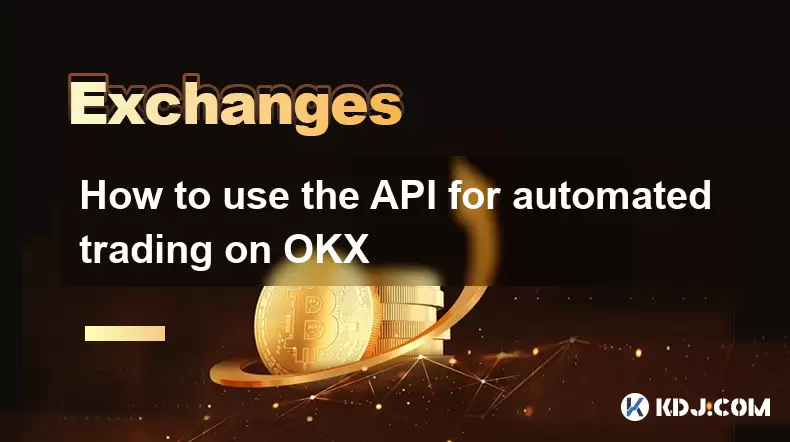-
 Bitcoin
Bitcoin $117400
1.88% -
 Ethereum
Ethereum $3867
5.29% -
 XRP
XRP $3.081
2.58% -
 Tether USDt
Tether USDt $1.000
0.03% -
 BNB
BNB $779.7
0.92% -
 Solana
Solana $171.8
2.11% -
 USDC
USDC $0.9999
0.01% -
 Dogecoin
Dogecoin $0.2172
5.80% -
 TRON
TRON $0.3413
1.41% -
 Cardano
Cardano $0.7641
3.06% -
 Hyperliquid
Hyperliquid $39.69
3.62% -
 Sui
Sui $3.731
6.73% -
 Stellar
Stellar $0.4125
3.55% -
 Chainlink
Chainlink $18.23
8.86% -
 Bitcoin Cash
Bitcoin Cash $579.5
1.41% -
 Hedera
Hedera $0.2538
4.02% -
 Ethena USDe
Ethena USDe $1.001
0.00% -
 Avalanche
Avalanche $22.81
2.82% -
 Litecoin
Litecoin $121.7
1.10% -
 UNUS SED LEO
UNUS SED LEO $8.962
-0.33% -
 Toncoin
Toncoin $3.324
2.94% -
 Shiba Inu
Shiba Inu $0.00001263
2.30% -
 Uniswap
Uniswap $10.24
4.95% -
 Polkadot
Polkadot $3.780
3.09% -
 Dai
Dai $1.000
0.03% -
 Bitget Token
Bitget Token $4.432
1.64% -
 Cronos
Cronos $0.1493
3.87% -
 Monero
Monero $256.7
-9.05% -
 Pepe
Pepe $0.00001092
3.99% -
 Aave
Aave $279.0
6.11%
Is Binance staking profitable? Lock-up mining tutorial
Binance staking profitability varies by crypto type, lock-up duration, and market conditions; BNB staking can yield 5-10% APY, while lock-up mining may offer up to 20% APY.
May 14, 2025 at 09:57 pm

Is Binance Staking Profitable? Lock-up Mining Tutorial
Binance, one of the largest cryptocurrency exchanges in the world, offers various staking and lock-up mining options for users looking to earn passive income on their crypto holdings. The profitability of Binance staking and lock-up mining depends on several factors, including the type of cryptocurrency staked, the duration of the lock-up period, and the current market conditions. In this article, we will explore the profitability of Binance staking and provide a detailed tutorial on how to participate in lock-up mining.
Understanding Binance Staking and Lock-up Mining
Binance staking involves holding specific cryptocurrencies in your Binance account to earn rewards. These rewards are typically paid out in the same cryptocurrency that you stake. Lock-up mining, on the other hand, requires you to lock your assets for a specific period, often resulting in higher rewards compared to regular staking.
The profitability of staking and lock-up mining on Binance can vary. For instance, staking BNB might offer an annual percentage yield (APY) of around 5-10%, while locking up assets for longer periods could potentially yield higher returns, sometimes reaching up to 20% APY or more, depending on the project.
Factors Affecting Profitability
Several factors influence the profitability of staking and lock-up mining on Binance:
- Type of Cryptocurrency: Different cryptocurrencies have different staking rewards. For example, stablecoins like USDT might offer lower APYs compared to more volatile assets like BNB or DOT.
- Lock-up Period: Longer lock-up periods generally offer higher rewards. However, this also means your funds are less liquid.
- Market Conditions: The overall market sentiment and the performance of the staked cryptocurrency can impact the value of your rewards.
- Inflation Rate: The inflation rate of the staked cryptocurrency can affect the real value of your rewards over time.
Calculating Potential Returns
To determine if Binance staking is profitable for you, you need to calculate the potential returns. Here’s a simple example:
- If you stake 1000 BNB with an APY of 8%, your annual reward would be 80 BNB.
- If the price of BNB remains stable, your reward in USD would be equivalent to the value of 80 BNB at the time of staking.
However, if the price of BNB increases or decreases, your actual return in USD will vary. It’s crucial to consider these factors when assessing profitability.
Step-by-Step Tutorial for Lock-up Mining on Binance
Participating in lock-up mining on Binance is straightforward. Here’s a detailed tutorial on how to get started:
- Log into Your Binance Account: Ensure you are logged into your Binance account and have the necessary funds available.
- Navigate to the Staking Section: Go to the Binance website and click on the "Finance" tab. From there, select "Staking" and then "Locked Staking".
- Choose Your Cryptocurrency: Select the cryptocurrency you want to lock up. Binance offers a variety of options, including BNB, ETH, and DOT.
- Select Lock-up Period: Choose the lock-up period that suits your investment strategy. Longer periods typically offer higher rewards.
- Enter the Amount: Input the amount of cryptocurrency you want to lock up. Make sure you have enough funds in your account.
- Review and Confirm: Double-check the details, including the lock-up period and the estimated rewards. Once satisfied, click "Confirm" to proceed.
- Wait for the Lock-up Period to End: Your assets will be locked for the specified period. Once the lock-up period ends, your rewards will be automatically credited to your account.
Monitoring and Managing Your Staking
After you have started staking or lock-up mining, it’s important to monitor your investments regularly. Here are some tips:
- Check Your Rewards: Regularly check the Binance platform to see the rewards you have earned. This can help you track the profitability of your staking.
- Adjust Your Strategy: If market conditions change, you might want to adjust your staking strategy. For example, if the APY for a particular cryptocurrency increases, you might consider staking more of that asset.
- Stay Informed: Keep up with news and updates related to the cryptocurrencies you are staking. This can help you make informed decisions about your investments.
Risks and Considerations
While staking and lock-up mining can be profitable, there are also risks to consider:
- Market Volatility: The value of your staked assets can fluctuate, affecting the real value of your rewards.
- Liquidity: Locking up your assets for an extended period can limit your ability to access your funds when needed.
- Platform Risk: There is always a risk associated with using a centralized exchange like Binance. Ensure you trust the platform and understand its security measures.
Frequently Asked Questions
Q: Can I unstake my assets before the lock-up period ends?
A: In most cases, you cannot unstake your assets before the lock-up period ends. However, some projects might offer early unstaking options with penalties. Always check the specific terms and conditions for the cryptocurrency you are staking.
Q: Are the rewards from staking taxable?
A: The tax treatment of staking rewards varies by jurisdiction. In many countries, staking rewards are considered taxable income. It’s important to consult with a tax professional to understand your obligations.
Q: How often are staking rewards distributed?
A: The frequency of staking reward distribution varies by cryptocurrency and project. Some projects distribute rewards daily, while others might do so weekly or monthly. Check the specific details for the cryptocurrency you are staking.
Q: Can I stake multiple cryptocurrencies at the same time on Binance?
A: Yes, you can stake multiple cryptocurrencies at the same time on Binance. Each cryptocurrency will have its own staking terms and rewards, allowing you to diversify your staking portfolio.
Disclaimer:info@kdj.com
The information provided is not trading advice. kdj.com does not assume any responsibility for any investments made based on the information provided in this article. Cryptocurrencies are highly volatile and it is highly recommended that you invest with caution after thorough research!
If you believe that the content used on this website infringes your copyright, please contact us immediately (info@kdj.com) and we will delete it promptly.
- Pi Coin's dApp and AI Potential: Building a Decentralized Future
- 2025-08-08 02:30:12
- Ruvi AI Takes the Lead: Outshining Dogecoin on CoinMarketCap
- 2025-08-08 02:50:12
- Memecoins, Low-Cap Gems, and the Hunt for 10,000x Gains: What's Next?
- 2025-08-08 02:50:12
- Bitcoin, Greenidge, and Liquidity: Navigating the Crypto Currents in NYC
- 2025-08-08 02:30:12
- Crypto Phishing Alert: $3 Million USDT Loss Highlights DeFi Risks
- 2025-08-08 01:10:12
- Crypto Presale Mania: Is Punisher Coin the High ROI King?
- 2025-08-08 01:10:12
Related knowledge

How to deposit USD on Bitstamp
Aug 07,2025 at 05:18pm
Understanding Bitstamp and USD DepositsBitstamp is one of the longest-standing cryptocurrency exchanges in the industry, offering users the ability to...

How to find my transaction ID on Gemini
Aug 08,2025 at 12:50am
Understanding the Transaction ID in Cryptocurrency ExchangesA transaction ID (TXID) is a unique alphanumeric string that identifies a specific transfe...

How to set up custom price alerts on Bybit
Aug 07,2025 at 04:31pm
Understanding Price Alerts on BybitPrice alerts on Bybit are essential tools for traders who want to stay informed about significant price movements i...

How to use the API for automated trading on OKX
Aug 07,2025 at 05:21pm
Understanding the OKX API for Automated TradingThe OKX API provides a powerful interface for users to automate their trading strategies, access real-t...

How to trade forex pairs on Kraken
Aug 07,2025 at 11:49pm
Understanding Forex Pairs on KrakenKraken is primarily known as a cryptocurrency exchange, but it also supports select forex pairs through its Kraken ...

How to claim airdropped tokens on Gate.io
Aug 07,2025 at 04:01pm
Understanding Airdropped Tokens on Gate.ioAirdropped tokens are digital assets distributed for free by blockchain projects to promote awareness, incen...

How to deposit USD on Bitstamp
Aug 07,2025 at 05:18pm
Understanding Bitstamp and USD DepositsBitstamp is one of the longest-standing cryptocurrency exchanges in the industry, offering users the ability to...

How to find my transaction ID on Gemini
Aug 08,2025 at 12:50am
Understanding the Transaction ID in Cryptocurrency ExchangesA transaction ID (TXID) is a unique alphanumeric string that identifies a specific transfe...

How to set up custom price alerts on Bybit
Aug 07,2025 at 04:31pm
Understanding Price Alerts on BybitPrice alerts on Bybit are essential tools for traders who want to stay informed about significant price movements i...

How to use the API for automated trading on OKX
Aug 07,2025 at 05:21pm
Understanding the OKX API for Automated TradingThe OKX API provides a powerful interface for users to automate their trading strategies, access real-t...

How to trade forex pairs on Kraken
Aug 07,2025 at 11:49pm
Understanding Forex Pairs on KrakenKraken is primarily known as a cryptocurrency exchange, but it also supports select forex pairs through its Kraken ...

How to claim airdropped tokens on Gate.io
Aug 07,2025 at 04:01pm
Understanding Airdropped Tokens on Gate.ioAirdropped tokens are digital assets distributed for free by blockchain projects to promote awareness, incen...
See all articles

























































































